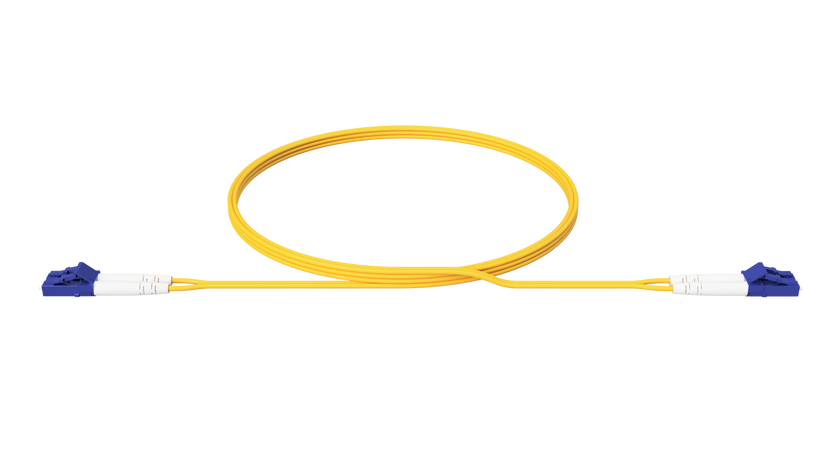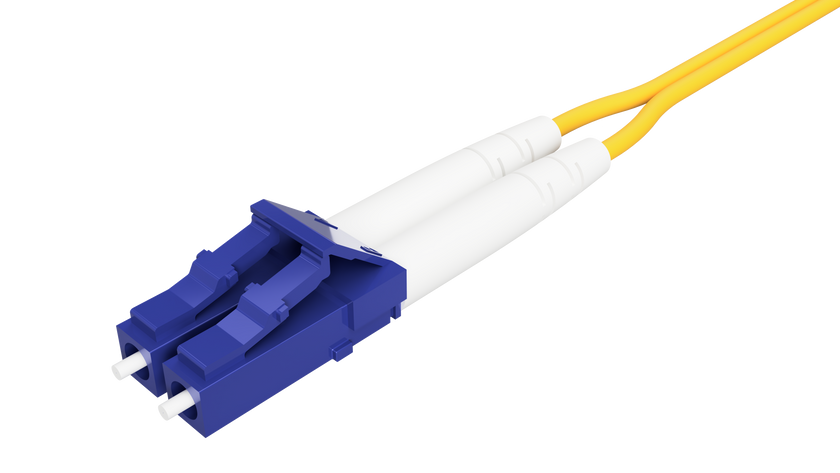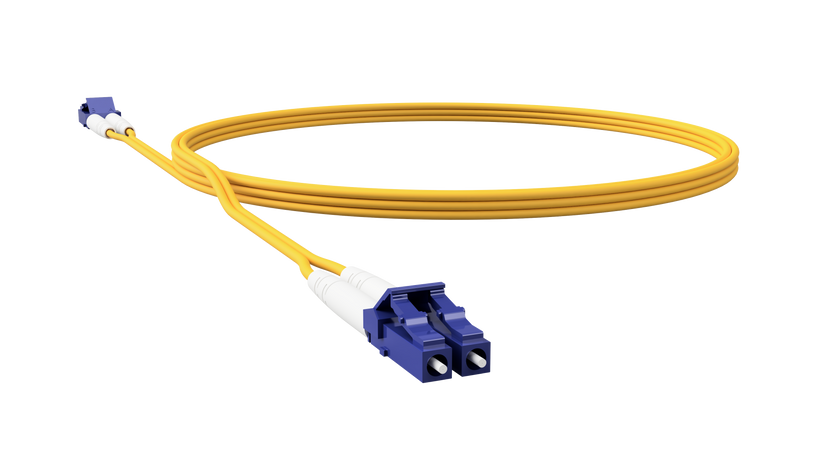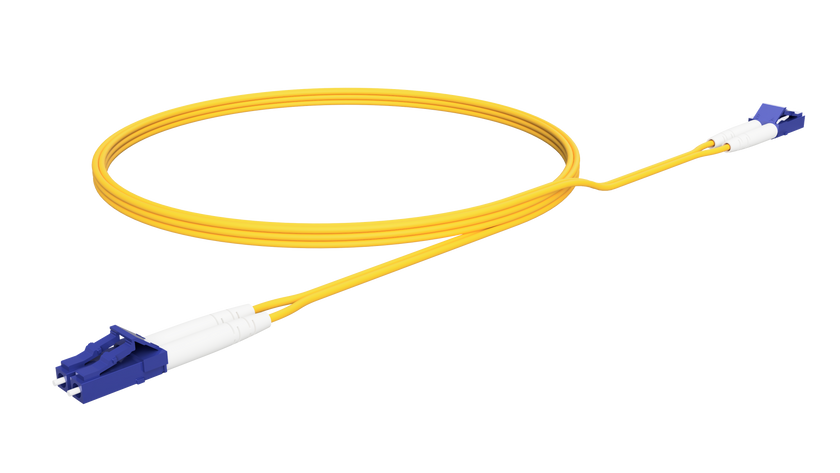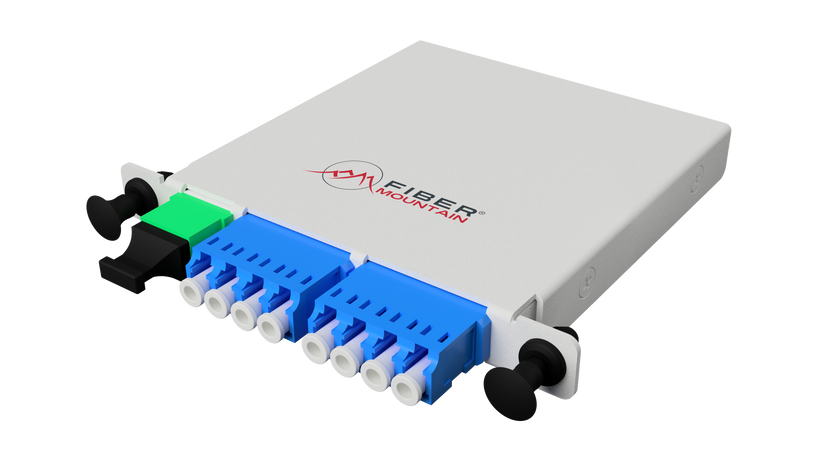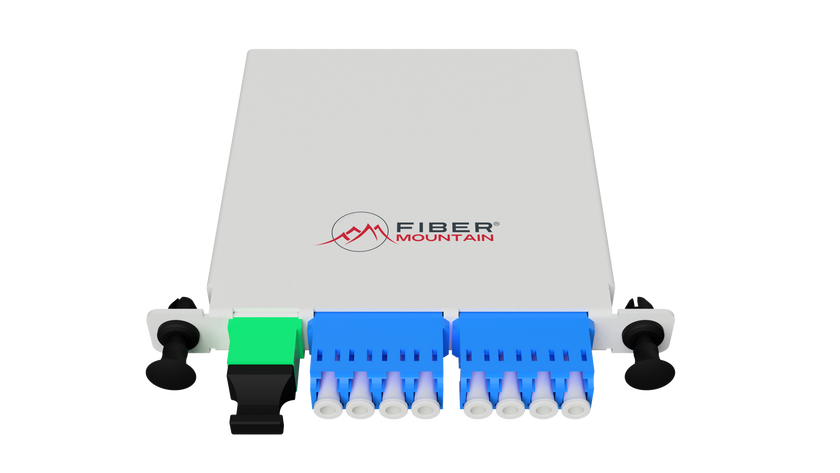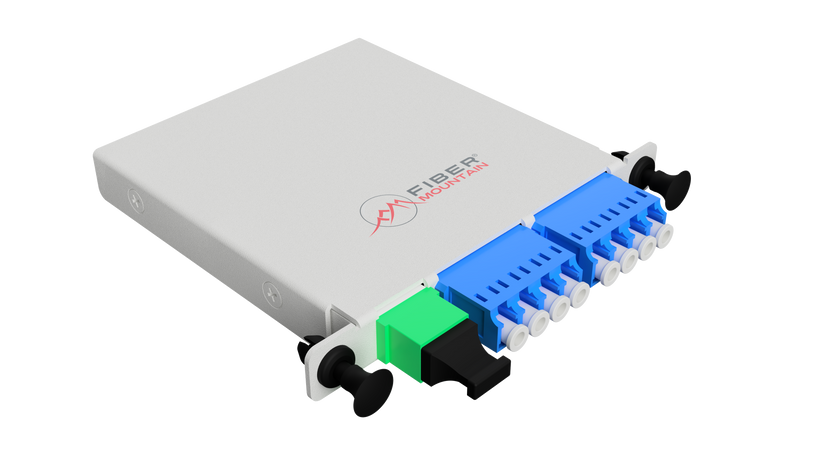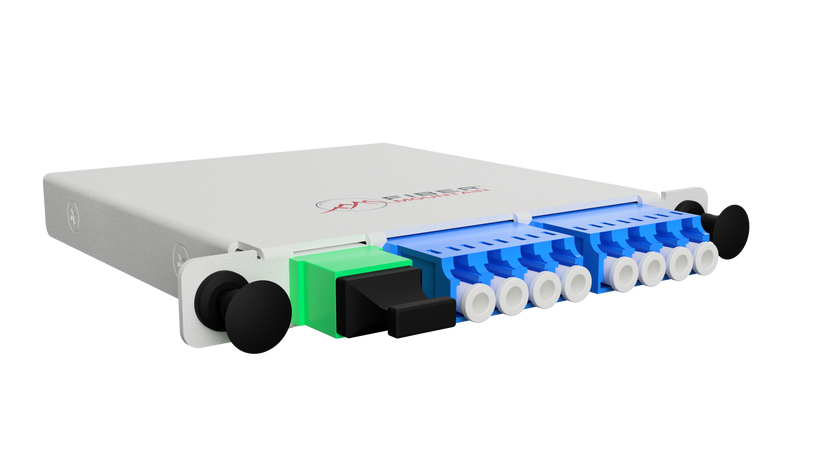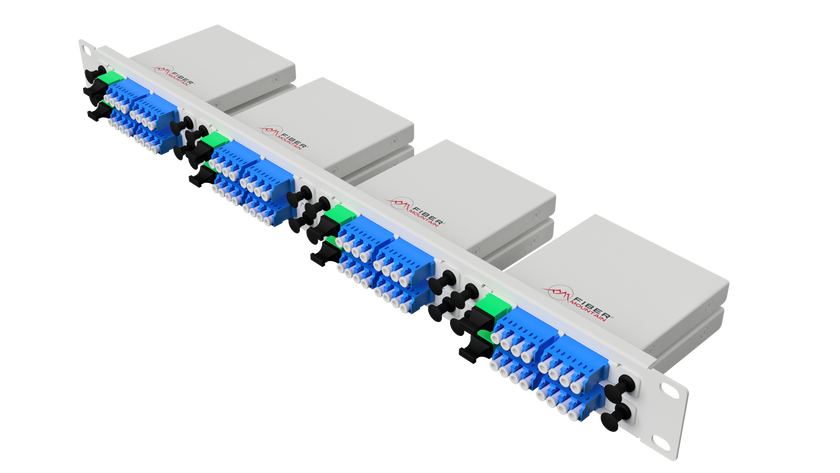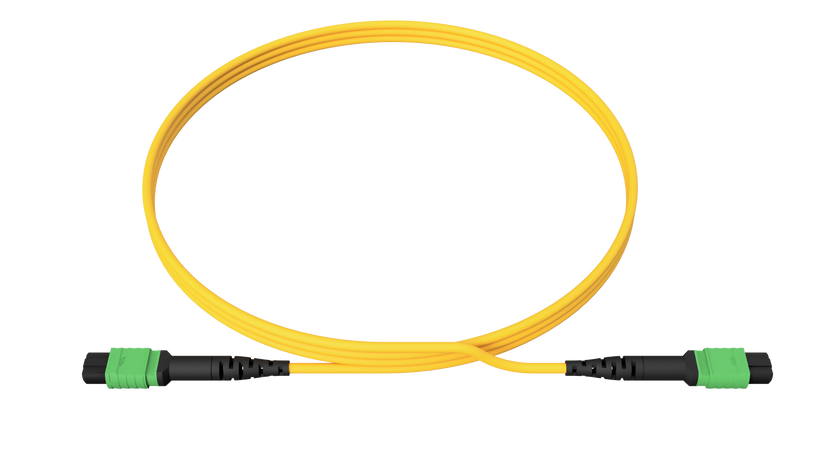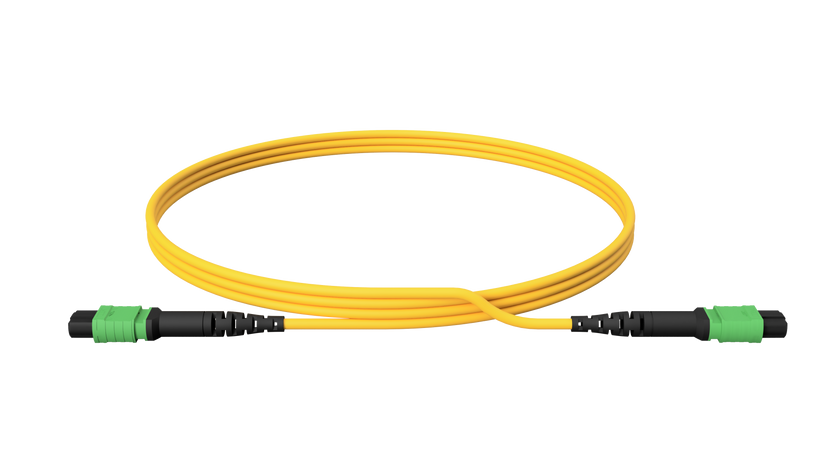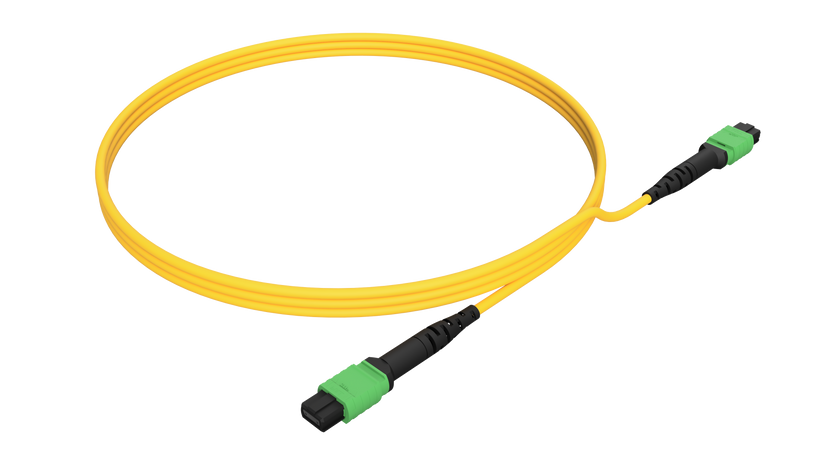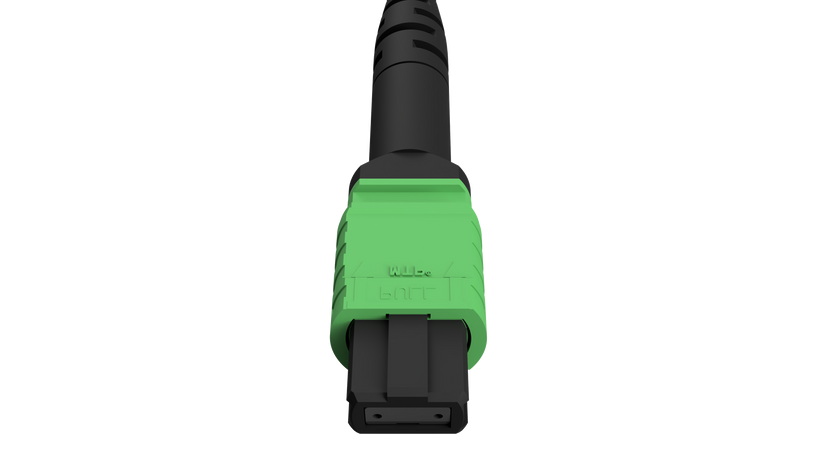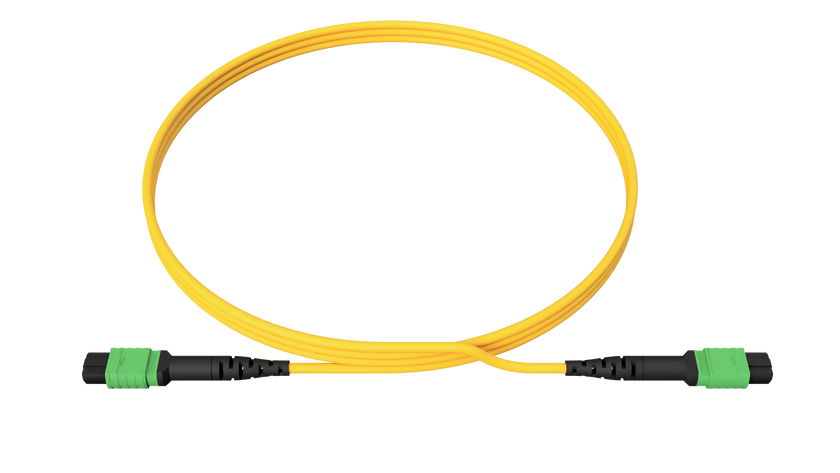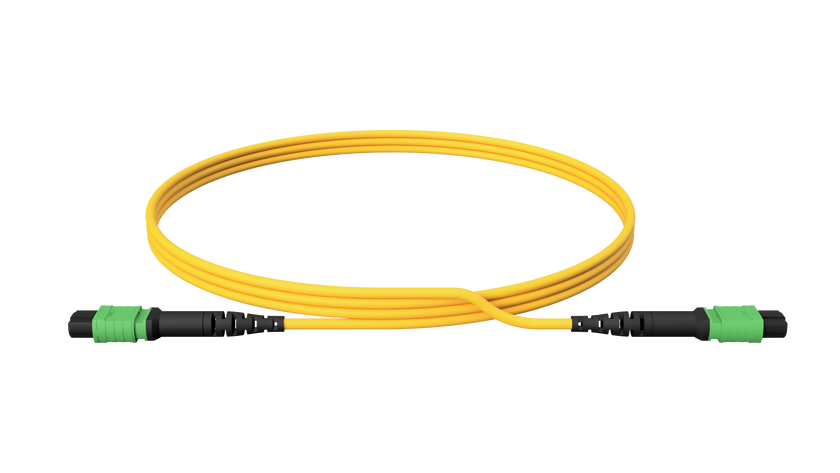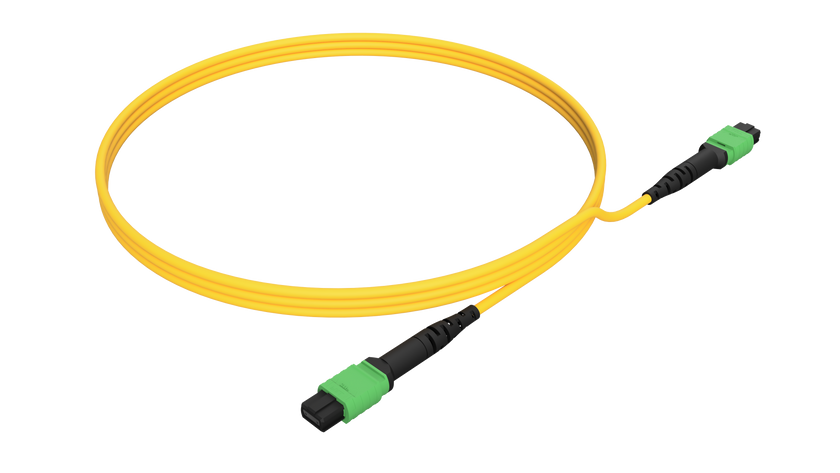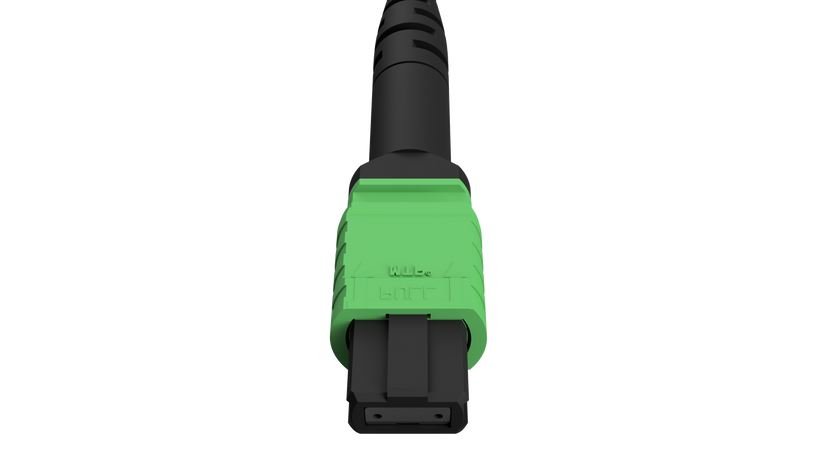Introduction
Artificial Intelligence (AI) has emerged as a transformative force in today’s rapidly evolving digital landscape. It has revolutionized industries across the globe by bringing innovation to every sector whether it is business, technology, education, or health sciences. The world is becoming increasingly dependent on AI solutions, and at the heart of these solutions lies the need for high-bandwidth reliable connectivity to support huge volume of data generated and processed by AI Servers and Algorithms. For these next generation networks, fiber optic cables have become the backbone of connectivity by offering unparalleled data transmission speed, bandwidth, and reliability. In this blog, we will highlight the significant role of fiber optic cables in enabling AI applications and the key considerations for deploying fiber optic infrastructure in AI networks.
Understanding the Importance of Fiber Optic Cables in AI Applications
Fiber optic cables are used in high-speed data transmission applications where a traditional copper cable cannot fulfill the demand of the required bandwidth. Fiber optic cables revolutionized telecommunication, cloud networking, and defense industries due to their reliability in both short and long-distance network deployments. With rapidly evolving technology, AI is no longer a dream but a tool we use daily in various applications. Fiber network cables serve as the lifelines of AI-driven solutions by facilitating the seamless transmission of data between AI-enabled devices (such as GPUs, Switches), AI Servers, and Data Centers. Unlike copper cables which use traditional electrical signal technology for data transmission, fiber optic cables transmit data using light signals resulting in significantly higher data transmission speeds and greater bandwidth capacity. With the elite end face polish of fiber optic connectors, one can deploy their AI network without getting worried about losing important data bits during the AI algorithm’s processing.

Key Features of Fiber Optic Cables for AI Applications
The following features of Fiber Optic Cables make them ideal for AI Applications in Data Centers.
High Bandwidth
Fiber Optic Cables offer immense bandwidth capacity which enables data centers to transmit and process large volumes of data rapidly and efficiently. This high bandwidth is significant for deploying AI-driven networks containing AI servers with vast datasets for training and inference.
Low Latency
Unlike copper, fiber optic cables offer very low latency ensuring minimal delays in data transmission enabling AI Algorithms hosted on AI servers to process information in real-time. This feature is critical for applications such as diagnosing patients at hospitals (predictive analysis of X-rays, MRIs, and CT scans, to assist healthcare professionals in accurate and swift diagnoses), candidates screening from a large pool of applications for a medium to large scale organization, autonomous vehicles, and financial trading where split-second decisions can have significant implications.
Reliability
Fiber optic cables are resistant to electromagnetic interferences and signal degradation, ensuring reliable and consistent data transmission in highly electronically equipped data centers. This feature is of vital importance to deploy an AI-driven application where downtime or data loss cannot be afforded.
Security
Fiber optic cables offer extensive security features, including network encryption and data tamper detection. This protects sensitive data from unauthorized access or malicious intents. For all AI-based solutions, data is of critical importance. If an unauthorized person gets access to the AI server database, this can bring undesirable circumstances not only for the network administrator but also customers using this service. This feature of fiber optic cables is of vital significance for applications such as healthcare records, financial transactions, and personal data.
Deploying Fiber Optic Infrastructure for AI Applications
Several key factors must be considered for optimal performance and reliability when deploying fiber optic infrastructure for AI applications.
Network Design
Network architecture is crucial for AI applications. Organizations must note down their requirements and goals before deciding to go with any infrastructure. Once the requirements are clear, the second most critical item on the list is to procure the fiber optic cables, meeting the requirements and desired length. For AI applications, it is advised to place your network equipment (Switch) at a short distance to your user equipment (AI server) to avoid any undesired latency and link loss. The cable must at least have an elite polished end face with no more than 0.35dB/km link loss. This will ensure minimum signal latency and maximum network throughput.
Scalability
In an AI infrastructure, data keeps on increasing at an exponential rate. Since AI is based on predictive modelling of the database hosted on an AI server, the network infrastructure must have the capability to scale up to accommodate growing data volumes and computational demands. Network administrators and engineers must focus on deploying those fiber optic cables that can easily scale to meet evolving requirements of data processing ensuring future proofing and investment protection. For example, if my current AI network only demands a 10G bandwidth but I hope to scale up to 400G in the future, I must use a cable which is already designed for this application.
Redundancy
Implementing redundant fiber optic links and backup systems is essential to mitigate the risk of network outages or failures. Redundancy ensures continuity of operations and minimizes the impact of disruptions on AI-driven processes. This is essential for managing an AI-driven network infrastructure.
Quality of Service (QoS)
Prioritizing traffic and ensuring Quality of Service (QoS) guarantees the timely delivery of data packets critical for AI applications which eventually results in customer satisfaction. QoS mechanisms prioritize high-priority traffic, such as real-time sensor data or control signals, over less time-sensitive traffic, such as file transfers or email. This real time data processing and interpretation is of vital significance in an AI network which can only be achieved through fiber optic network infrastructure.
Conclusion: Embracing the Future of AI with Fiber Optic Connectivity
In conclusion, fiber optic cables are at the forefront of next-generation connectivity, empowering organizations to unlock the full potential of AI applications. With their unparalleled bandwidth, speed, reliability, and security features, fiber optic cables provide the ideal infrastructure for supporting the data-intensive workloads and real-time analytics inherent in AI applications. By deploying fiber optic infrastructure tailored to the specific requirements of AI environments, organizations can accelerate innovation, drive efficiencies, and gain a competitive edge in the digital era.
Contact Optephy today to learn how our fiber optic solutions can help you seamlessly upgrade your network infrastructure for the AI-driven future.




